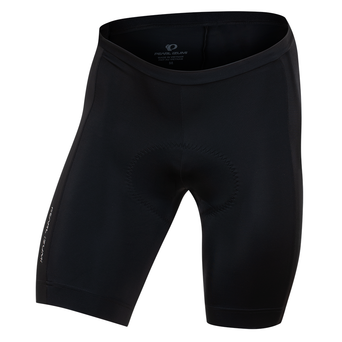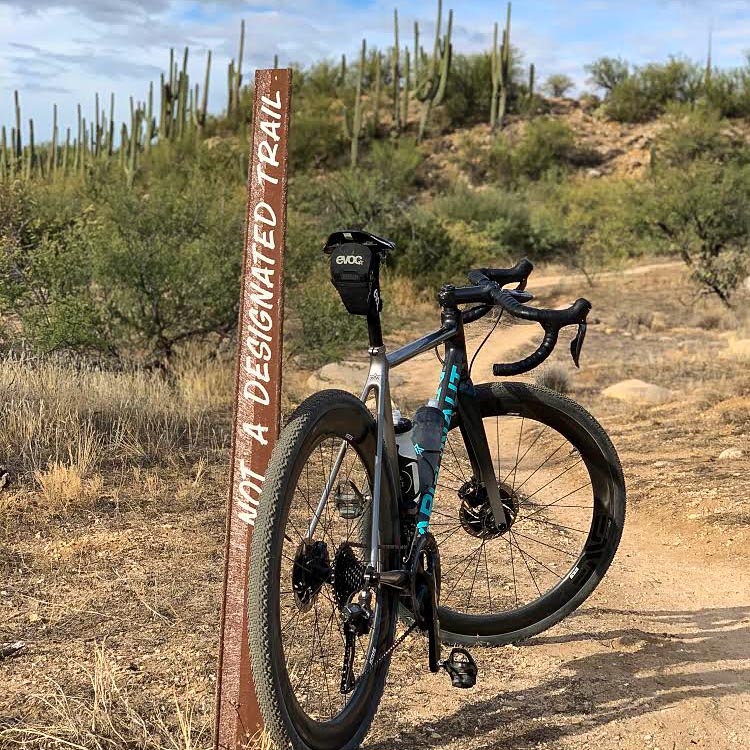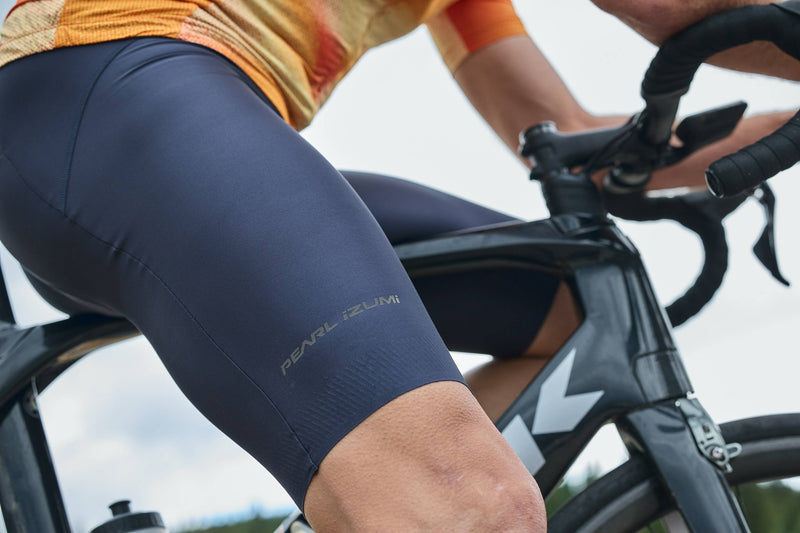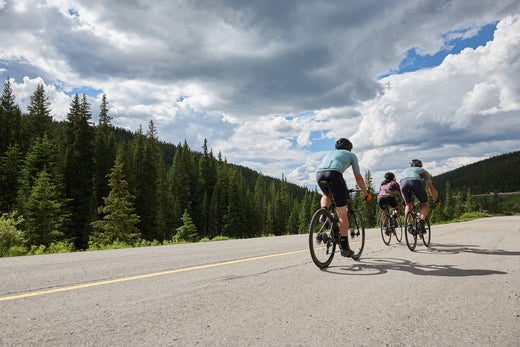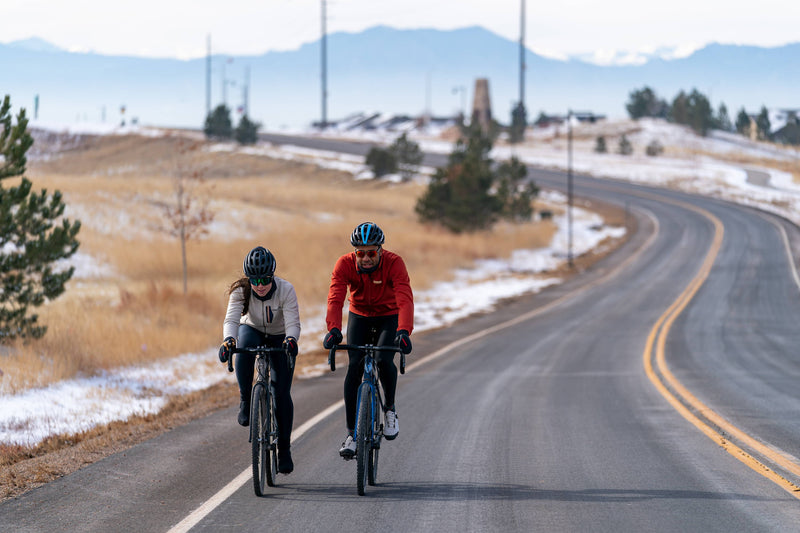The biggest wave we’ve seen for quite some time here in the wide world of the bicycle is none other than that which we’ve ingloriously dubbed “gravel riding.” Perhaps it’s a bit of a misnomer at times, given that “gravel” is only one of many different surfaces encountered in the nascent discipline. But the fact stands that this form of alternative, mixed conditions riding has proven to be much more than a passing fad in this sport.
After retiring from professional road racing, I decided to hop on the grav(el)y train myself last year, exclusively competing in many of the country’s top gravel events. It was an informative season. After racing road bikes for the past several years at the top level domestically, I considered myself to be well versed in the ins and outs of a tire’s importance as it relates to the tarmac. And as a professional mountain bike guide for even longer, I also had a solid grip on the more nuanced understanding of a tire’s performance out on the open trail. But surprisingly, the blend of those two very different concepts proved to be a far steeper learning curve than I had anticipated.
And herein lies the reason for the fact that I receive more questions related to tire setup and maintenance than any other piece of technology under my belt as a gravel racer. The tire, after all, is the bicycle’s only actual contact point with the world, assuming everything is working correctly. As such, correct tire choice and setup offer an almost ethereal ride quality to any bicycle, even when much of our focus is placed on the far more expensive technology behind the rest of the bike and the training of the athlete who rides it.


By harnessing the power of tubeless technology, the best gravel tires have followed the principles that mountain bike technology long ago appropriated from the automotive industry (along with disc brakes, lights, and hopefully drivetrains sometime soon). Arguably, a tubeless tire setup makes more difference in the ride quality of a gravel bike than any other performance improvement combined. It allows for a smoother, more supple ride, wholly eliminating the need for suspension technology in the frame for any unpaved road condition and even the majority of the singletrack in existence. It provides more grip and traction when speeds pick up, or when they slow down. It eliminates the chance for pinch flats when running more appropriate tire pressures for the same reasons explained above. It also allows for less maintenance as tubeless sealant takes care of many of the smaller punctures we encounter that would turn a tubed tire into a puddle of rubber in moments. Even for those bigger punctures, a tubeless tire plug kit allows the rider to inject the tire with a small piece of rubber at the failure point and sometimes even eliminates the need to refill with air upon puncturing.
But even a solid tubeless setup is still prone to failure in this crossover application. After all, another critical factor in gravel bike performance is weight. So although the fastest gravel bikes often look like they have tiny little mountain bike tires on them, it’s more accurate to think of them as beefier road bike tires. As such, when the terrain gets a bit thicker than the groomed “gravel road” we often call to mind when imagining this discipline, the course inevitably tests our tires in ways that even a lightweight XC mountain bike tire would likely not notice. Last year, I committed myself to ride a softer compound gravel tire in the hopes that its speed and grip would benefit my results in gravel races. Unfortunately, I discovered that a softer compound also means more susceptibility to tearing and though that tire usually helped propel me straight to the front of the race for the first half of the ride, it most often left me at the side of the road attempting to boot a torn sidewall with used energy bar wrappers. It’s important to remember that in gravel racing or riding, the fastest tires are the ones that last to the finish line. For this reason, many gravel riders opt for a heavier and often bigger tire.
In addition to more material, increasing the weight but also the structural integrity of the tire, a larger format tire can often provide its rider with more grip, smoothness, and stability. Most groomed gravel roads in the farmland or foothills of America are perfectly suitable for 32-38c tires, even those without tread. But to fully experience the beauty that is “gravel riding,” many opt to set up their gravel rigs with a tire that can handle a trip off the beaten path as capably as the more well-traveled unpaved roads that connect these pieces. Adventure is at the root of gravel riding, and as such, more adventure worthy tires often push up to 40-45c. Many modern gravel bikes now accommodate tires up to that size, but another popular option for those not wary of sacrificing a bit of rolling speed is the 650b wheel size. This smaller diameter wheel usually allows for an even larger tire (on most bikes).

Whatever size you go with on your gravel bike, you’ll want to invest in some necessary technology to take full advantage of the tubeless format. First, get yourself a proper plug kit. Many companies sell these funky little “bacon strip” things that will mostly accomplish the same thing as an appropriate plug, but they are cumbersome and difficult to use. My preferred option, which has saved approximately six weeks worth of accumulated time in my life in simplified flat fixes, is the Dynaplug Racer injection pen. It’s compact, it’s as easy to use as an epi-pen, and it gets you back on the bike in seconds. Second, you’ll need some good tubeless tire sealant. My favorite is called Effetto Mariposa Caffelatex. I didn’t name it.
Nonetheless, it seems to seal far more effectively than the more popular sealants on the market that I have used. (Pro tip: I’ve also heard from multiple sources that you can add glitter to your standard sealants on the market to enhance puncture resistance, though I’ve never tried this unicorn trick myself.) Third, you’ll need a charger pump or an external charge cylinder to hook up to your floor pump if you want to install or work on these tires yourself. A standard floor pump will not do the trick, as a tubeless tire requires a quick burst of a high volume of air for the bead to expand into the wheel’s seat. Just like a tire with a tube, wait for the loud pop, then inspect to ensure the entire circumference of the bead has seated evenly. Most bike shops use an air compressor for this purpose, but for many of us, that’s not a practical option. Fourth, it’s nice to have a spare tubeless valve stem in case of the sealant in your original setup gunks it up. It’s hard to get a big burst of air through a valve stem with sealant induced asthma. Fifth, still bring your tube along for every ride. It’s the last resort, should you tear a sidewall so bad that a simple plug (or three) won’t seal the deal.
Regardless of your fancy tool kit or tire choice, one thing above all else will make your time as a committed gravel racer, recreational gravel rider, or inspired bike adventurer more enjoyable: an expectation for failure. In road racing, I was trained in flat tire etiquette. I was comforting to know if I had a flat tire, all I needed to do was raise the proper hand to indicate my trouble to the peloton and the following caravan of cars fully prepared to respond to this exact situation in the course of the race. I’d pull over and hold my bike as my mechanic swapped out my wheel, then I’d thank him or her as I was pushed back into the caravan of cars to motor-pace for a moment in their vacuum and catch my breath. When I was ready, I’d systematically work my way up through this traffic jam to fall back into line with my teammates in the peloton. This process was so routine that I began to take it for granted. But then gravel racing became my focus. And I was forced to deal with the stark reality that my tires lost their vitality far more often than I had hoped, and whenever they did, I was on my own to fix the issue. Unfortunately, a professional fix with a spare wheel, a push to speed, and a draft to the back of the group were just not in the cards anymore. I was on my own to make the most of the remainder of the event that I could.
This risk can’t be avoided, and it often means that I am relegated back to the basics. Fortunately, I can appreciate that, too, as it’s the essence of what we are all doing out here. We’re fighting through challenges, accomplishing the course we all set out on, through our own means. Often, some external factor shows us that all our training and expectations aren’t worth as much as we had hoped. But we can almost always still make it across the finish line at one point or another. Where we can celebrate with a hearty group of friends, both new and old, who’ve all gone through the same circumstances at one time or another that day. All while en route to a familiar beverage at the end. And that, to me, is the spirit of gravel riding — one which no amount of flat tires can tarnish.


Recommended Tire Examples
Racer Girl/Guy: 38c tubeless file tread at 35psi
Adventurer/All Rounder: 45c tubeless file tread at 30psi (with gumwalls)
Boulder, Colo. Gravel Rider: 28c tubed or tubeless at 80psi (with or without “gravel bike”)
Recommended Saddle Bag Kit
- -Dynaplug (or similar) tubeless plug kit
- -Mini hand pump
- -Plastic tire levers (x2)
- -Spare tube in a big enough size to match your tire choice, and a long enough valve stem for your rim choice (or removable core and extender), in case all else fails
- -A few dollars for a boot or for that unexpected roadside store stop (part of the fun of gravel riding is that it still often brings us to places that don’t accept credit cards)
